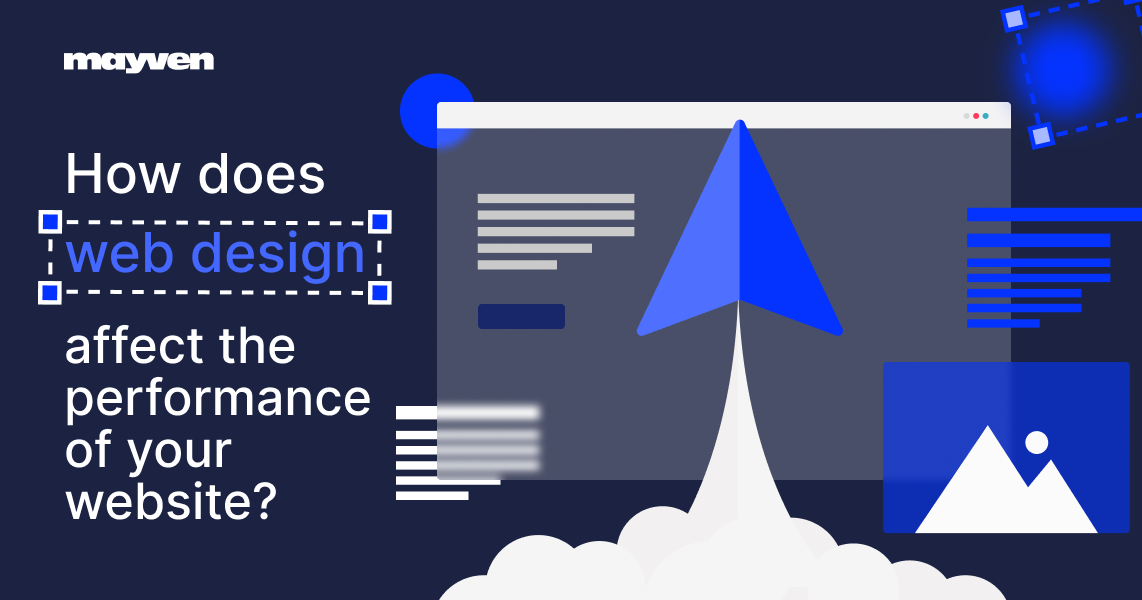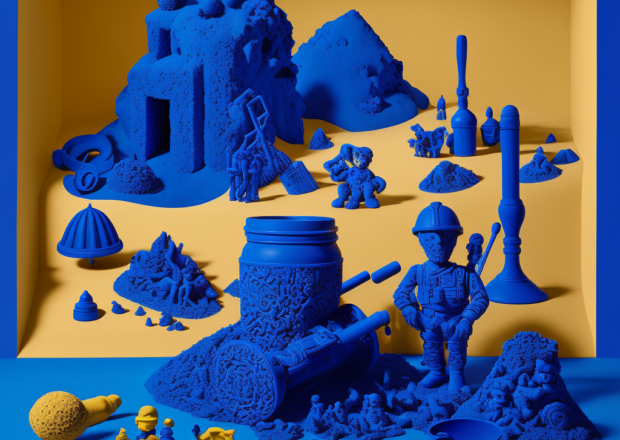The design of your website serves as the first impression for your visitors. An outdated or unappealing design can come across as unprofessional and negatively impact your entire business image. Poor web design equates to a perceived lack of credibility. Conversely, an engaging and attractive design captivates your audience instantly. That’s why initiating a website creation process must begin with a well-thought-out design plan.
Web design plays a crucial role in the evolution of online businesses. The website’s design is the first element that grabs the attention of internet users when they initiate a search. Its primary objective is to foster interaction and immediately engage users. A clear and transparent design offers significant advantages, including a superior visual identity, which is key for your brand.
The performance of your website, including factors like page load time and overall user experience, is significantly influenced by its web design.
How does web design collide with site performance?
A good user interface (UI) and user experience (UX) design can do wonders for your website. In addition to making the website visually appealing, a great UI and UX design will ensure your website is functional. With quality UI and UX, you can enhance your conversion rates and earn more money. That said, it’s vital to understand that UI and UX design flaws can lead to poor website performance and deter people from your website. If you want to prevent them, you first need to learn what they are.
 Source: Unsplash
Source: Unsplash
Conversion
A well-organized design has a positive effect on conversion. In what sense? Simply, less time is spent aimlessly searching for products or services. For example, a customer likes what you offer and wants to place an order right away. That is why it is desirable that the contact form be visible in the expected place (usually at the bottom of the home page) and thus save the potential customer the time he would spend searching for what he needs.
Likewise, you don’t want a bad design to turn away visitors who will go elsewhere, to the competition. In order to prevent this from happening, you should avoid the accumulation of ads and advertisements, slow page loading times, too complex arrangement of categories, etc. Such things hinder the performance of websites, regardless of the quality you offer people.
The conclusion is that one of the most important tasks of web design is to provide a good user experience. The easier a website is to use, the more likely it is that visitors will stick around and convert into customers. A well-designed site will be easy to navigate and use. Therefore, it is imperative that all information on the site is easy to find. From a psychological point of view, a site that is difficult to use will cause frustration among users and they will easily leave you due to difficulty navigating.
Page load time
How users will experience your business depends on the time it takes from typing the URL address in the browser to loading the site. The faster the pages load, the better the users will be able to communicate with you. One of the most important factors that affects page load time is the design of the website.
How are design and loading speed related? Simply, if your pages are loaded with large images, they will also take longer to load. If the pages are modernized and well designed, they will load faster. One thing is certain – pages should load quickly and smoothly, without any errors.
SEO
No matter how nice your web design looks and provides benefits, all the effort falls into the water if that content does not reach the target audience. This means that the web design should be optimized for different devices, that is, it should be readable on all platforms and browsers. This feature is very important because it will make the site accessible to a wider audience.
A very important aspect of performance when it comes to creating a website is SEO, i.e. website optimization for search engines. The better a site is optimized for search engines, the better it will rank in search results.
For a good UX, it is necessary that the design adapts to the display on desktop and tablet devices, as well as smart phones. Powerful graphics and perfect design mean nothing to you if your website doesn’t load on a smartphone, for example.
When designing, you should keep SEO in mind because good web design can help you achieve good SEO. A well-designed site will be full of relevant, keyword-rich content that will be easy for search engines to index. Conversely, if your site is poorly designed, it will be harder for search engines to index it properly.
Therefore, a prerequisite for a good positioning of the site on search engines is its proper, timely and high-quality maintenance. And something else should be noted – if your site is on the first page of Google thanks to good SEO optimization, and at the same time the design is bad, visitors will quickly leave you. This will be a signal to Google that your content is not of high quality and you will fall a few places lower – you will give way to the competition. You certainly don’t want that.
 Source: Unsplash
Source: Unsplash
Credibility and Impact
Creating a website should be based on an efficient and attractive design that will send the message that the brand is the main one. Even before the product. Branding strengthens the identity of the business. Use colors and visual elements that will complement the story behind your products or services.
The aesthetics of the site is important because, as is already well known, nowadays human attention on the Internet is short. So you only have a few seconds to keep visitors on your website as long as possible. Design plays a crucial role in this. It is important that the site has striking titles and subtitles, a CTA button, contrasts, connection to social networks, a certain hierarchy and visibility.
We know that the Internet is a visual medium, which means that the choice of colors is the most important. Determine the dominant color of the website, which will become an automatic association for people with your brand.
Research shows that colors create certain meanings on a subconscious level. We will mention only a few of them: yellow means creativity and fun, orange – positive thinking, green – prosperity and trust, red – power and emotionality, behind purple there is mystery, black suggests sophistication, while blue indicates trust and sincerity.
If your site has several pages, you should have as many items in the menu as are necessary for good navigation on the site. Use a multi-level menu and separate menu links by category. Every link must be legible.
Try to make all your items transparent. Some unwritten rules that you should follow are that the logo should be in the upper left corner, the call to action at the top of the page, links to social networks at the bottom, and it goes without saying that the main menu is in the header.
And finally, the most important thing..
Quality web design brings many advantages, the most important of which is a large number of visitors who are your target group. This is important because they will lead to interaction and thus the possibility of converting into customers.
In addition, the web design should be:
- a sign of brand recognition
- synonymous with business
- determinant of business identity
- functional and to allow visitors to easily navigate through the online business
- optimized for all browsers
A good web design can have a big impact on the performance of your website. It can improve page load time, user experience and SEO. On the other hand, a bad web design can adversely affect the mentioned segments of the site. So, to improve the performance of your website, ensure that it is well designed.
With professional design comes trust, which you will establish by regularly updating the content and information you share, as well as verified texts, with cited, relevant sources. Creating a website should go in the direction of creating solutions that will lead to interaction, and this is achieved by emphasizing quality web design.



